A corporate will they-won’t they saga condensed into a single weekend. On Saturday lunchtime, The Telegraph reported the “audacious swoop” of Chinese e-commerce giant JD.com for Sainsbury’s Argos. The potential acquisition was gushingly confirmed by the supermarket that afternoon… but by Sunday, it was all over. An official release said the whole affair had ended with a “termination of discussions”.
So what is JD.com? Why was it so hot on Argos? And is it really all over?
According to retail consultant Brittain Ladd, Argos represents a “key piece in the puzzle” JD.com is trying to solve: how to expand into Europe and establish a strong foundation in retail and logistics.
Also known as Jingdong, JD is already a retail powerhouse. Claiming nearly 600 million global customers, it operates China’s largest e-commerce fulfilment network, delivering 90% of retail orders within a day. With annual revenues nearing $160bn, it ranks among the world’s biggest retailers, and is valued by Nasdaq at almost $49bn.
But, like several other Chinese business giants, its focus is shifting as it aims to continue this dominance beyond its home market.
JD.com’s quest for retail domination
“Instead of providing services primarily to customers in China, the government is pushing established companies like JD to seek out global expansion opportunities,” explains Ladd. “The goal is to dominate every region they enter.
“The Chinese describe what they do in business as ‘strangling you with your own system’,” he continues, referring to a tactic where a Chinese competitor enters a market, adopts a business’s methods, outperforms it at scale, and ultimately uses its own system to beat it. ”This is exactly what will happen in Europe.”
Had the Sainsbury’s deal been successful, Argos wouldn’t have been JD’s only European fling. In July, German electronics retailer Ceconomy was acquired by the Chinese giant in a deal worth $2.5bn, after it walked away from a bid for Currys in 2024.
Expected to complete in the first half of next year, the deal will give JD control of one of the largest online electronic goods retail operations in Europe and around 1,000 stores in multiple European countries.
In 2022, as part of a major European advance, JD launched Ochama – a “one-stop shop for groceries, essentials, electronics and more” in the Netherlands. This has since been “upgraded” to Joybuy, which test-launched in the UK in April, followed by a rollout across Belgium, France, Germany and Luxembourg. The company has also been quietly building a team of UK grocery buyers and category chiefs boasting experience at Sainsbury’s, Asda, PepsiCo, Ocado Retail and Tesco.
In January, Jingdong Retail (UK), a subsidiary of JD.com, began leasing a 278,000 sq ft former UPS warehouse in Dunstable. Its property arm, Jingdong Property, operates warehouses in Milton Keynes, Coventry and Preston.
“By combining physical retail, logistics, and digital platforms, JD is positioning itself as a serious omnichannel competitor in Europe,” says investor and retail expert Dominique Pierre Locher.
“The gameplan is having direct access to European customers via an omnichannel presence, and achieving something most Asian e-commerce players have struggled with: a truly integrated European platform at scale,” he states, adding that an acquisition would ”accelerate this effort”.
Why does Sainsbury’s want to sell Argos?
Sainsbury’s had many reasons to jettison the general merchandise retailer, which has posted a declining performance as of late. Sales dropped by 2.7% to almost £5bn for the year to 1 March 2025, attributed to “customers being more careful with their spending and tough, competitive market conditions” according to CEO Simon Roberts.
In 2018, former Sainsbury’s CEO Mike Coupe doubled down on the supermarket giant’s decision to acquire Argos, stating he was “more confident than ever” on the retailer’s ability to deliver growth.
However, Argos was valued at just £344m in Sainsbury’s latest accounts. On this basis, it’s unlikely that any sale would match up to the £1.1bn price tag Sainsbury’s paid in 2016.
Over the past year, Sainsbury’s has put food front and centre as part of its ‘Next Level’ strategy. This involved creating more space for food in many locations, reallocating space occupied by general merchandise and clothing. It’s a decision that suggests Argos is not central to Sainsbury’s long-term goals.
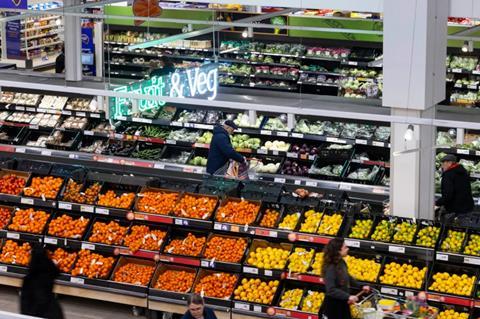
At the same time, Sainsbury’s has been reducing the number of standalone Argos stores. It shuttered 420 in 2020, with around 200 remaining.
While Argos may no longer be the right fit for Sainsbury’s, it is still the UK’s second largest general merchandise retailer, has the UK’’s third most visited retail website and boasts over 1,100 collection points.
AJ Bell investment analyst Dan Coatsworth suggests AO might be interested in owning Argos as a digital-only brand to “broaden its interests beyond electrical appliances”.
“AO already has a strong logistics network and a reputation for speedy service. Its overseas ventures didn’t work out, so it retrenched and focused on getting the UK arm in a stronger position. That’s now been achieved so AO will be looking at strategic options for the next chapter in its career,” he explains.
In JD.com Sainsbury’s – initially – said it would find “world-class retail, technology and logistics expertise and invest to drive Argos’ growth and further transform the customer experience”.
Is it all over between them?
Ultimately, Argos is a drag on the supermarket’s overall profitability, standalone stores are shuttering and Roberts is keen to refocus the business on food first. If JD.com came back with better terms, it might still accept.
Ladd believes JD.com will “make another offer more in line with with the original deal”, but equally believes “Asda is the perfect acquisition for a Chinese company”.
“Asda is struggling. Too many mistakes have been made. I’m a fan of Allan Leighton and I admire what he is doing but if JD, Meituan or Alibaba make him a substantial offer to acquire Asda or be part owner, Leighton will take the deal,” Ladd says.
If not Asda, then certainly “mid-sized general merchandise, electronics, home goods or omnichannel retailers are more likely targets in the near term” he continues, along with “investments in grocery adjacent logistics, fresh food delivery platforms, or last-mile supermarket partnerships”.
In any case, Ladd says, “they’ll try again”.


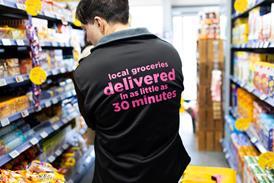




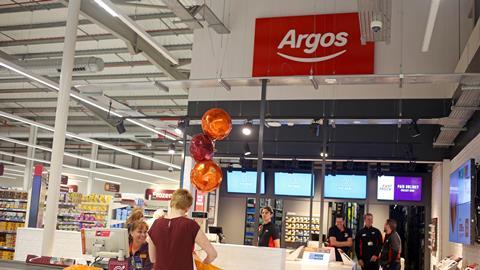



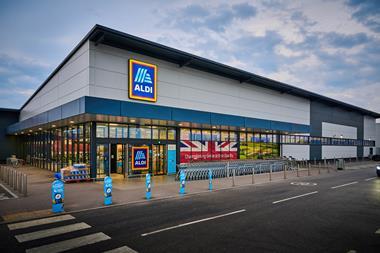
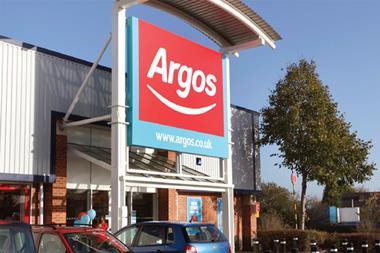

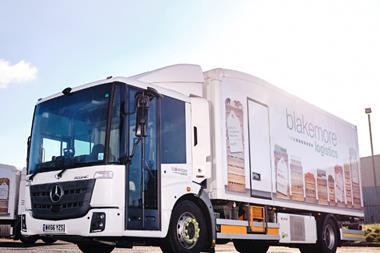



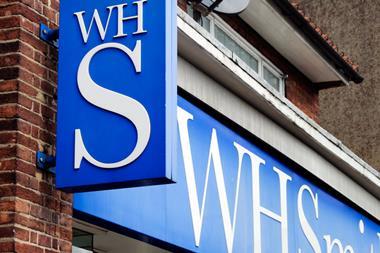

No comments yet